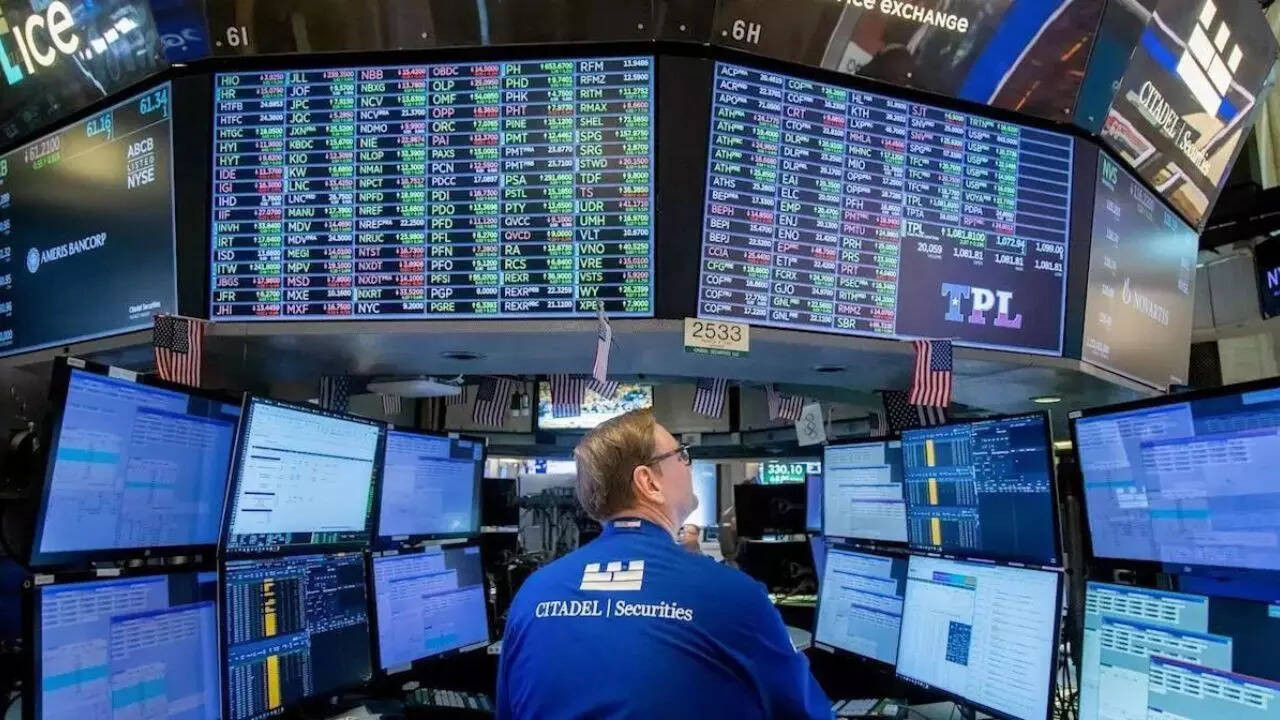The Sun Sets on Fair Play? US Solar Manufacturers Cry Foul on Imports
The American solar energy sector is heating up, and not just from the sun. A group of U.S.-based solar panel manufacturers has ignited a fiery debate by formally requesting the government slap tariffs on solar cell and panel imports from India, Indonesia, Laos, and Malaysia. What’s fueling this dispute, and what could it mean for the future of solar energy on a global scale?
The Coalition for American Solar Manufacturing 2 (CASM 2), representing domestic producers, alleges that these countries are unfairly undercutting American businesses through dumped and subsidized products. They’ve filed petitions with the U.S. Department of Commerce and the International Trade Commission, claiming that these nations are essentially flooding the market with artificially cheap solar components.
This isn’t just about protecting jobs, according to CASM 2. They argue that these practices threaten billions of dollars in American investment in solar manufacturing. They see it as a matter of ensuring a level playing field where domestic companies can compete fairly based on innovation and quality, not on artificially low prices propped up by government intervention or other unfair practices.
Imagine investing your life savings into a business, only to find your product consistently undersold by a competitor who isn’t playing by the same rules. That’s the frustration these manufacturers express. They believe these tariffs are necessary to safeguard the long-term health of the U.S. solar manufacturing industry and encourage continued investment.
<img src="image-of-solar-panels.jpg" alt="Rows of shimmering solar panels in a field, showcasing the solar panel technology under scrutiny.”>
Why These Four Countries?
The focus on India, Indonesia, Laos, and Malaysia isn’t arbitrary. These nations have emerged as significant players in the global solar supply chain, particularly after previous tariffs were placed on China. Some observers suggest that these countries simply became conduits for Chinese manufacturers to circumvent the earlier restrictions. The accusation is that companies are setting up shop in these nations to produce solar panels and cells, then exporting them to the U.S. at prices that don’t reflect true production costs.
This situation highlights the complexities of global trade and the challenges of enforcing fair competition. While tariffs can protect domestic industries in the short term, they also risk raising prices for consumers and potentially hindering the widespread adoption of renewable energy.
The Potential Ripple Effects of Solar Panel Tariffs
What happens if these tariffs are imposed? The immediate impact would likely be an increase in the cost of solar panels in the United States. This could slow down the growth of the solar industry, making it more expensive for homeowners and businesses to install solar panels. Developers of large-scale solar projects could also face higher costs, potentially delaying or even canceling projects.
On the other hand, proponents of the tariffs argue that they will create a more stable and predictable market for American solar manufacturers. This could encourage further investment and innovation, leading to even more efficient and cost-effective solar technologies in the long run. They believe a strong domestic solar industry is essential for energy independence and national security.
The Solar Energy Industries Association (SEIA), a leading trade group representing a broader range of solar businesses, including installers and developers, has historically opposed tariffs, arguing they hinder solar deployment and job creation across the broader sector. Their perspective emphasizes the need for affordable solar energy to combat climate change and create a sustainable energy future.
The Road Ahead
The Department of Commerce and the International Trade Commission will now investigate these allegations, weighing the potential benefits of protecting domestic manufacturers against the potential drawbacks of higher prices and slower solar adoption. The process will likely involve gathering evidence, holding hearings, and ultimately making a determination on whether or not to impose tariffs.
The outcome of this case could have significant implications for the global solar industry. It could reshape trade flows, influence investment decisions, and ultimately impact the pace of the world’s transition to clean energy. It underscores the ongoing tension between protecting domestic industries and promoting free trade, a balancing act that policymakers around the world constantly grapple with. To delve deeper into related topics, consider reading about [the impact of government incentives on renewable energy adoption](internal-link-to-related-content).
Ultimately, the question is whether the U.S. solar industry can thrive through protectionist measures or by fostering innovation and competing on a global scale. The answer to that question will determine the future of solar energy in America and beyond.







